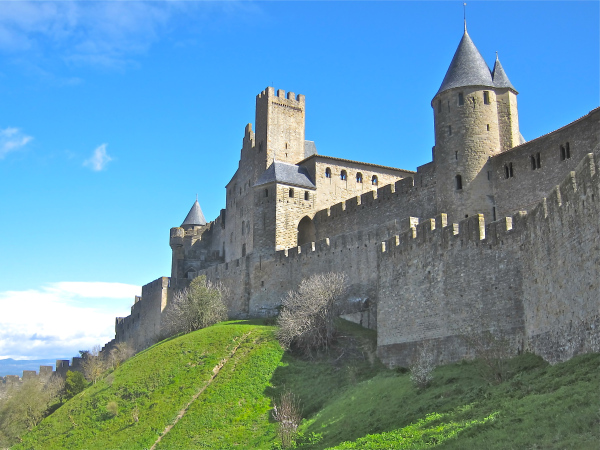
Most likely, here is what you know about wines from the Languedoc region of southern France, and here is what you should know – but don’t.
First, the Languedoc has long been the biggest producer and exporter of wines within France. Second, until a few decades ago, Languedoc wines fairly well sucked, to be blunt.
Enough said.
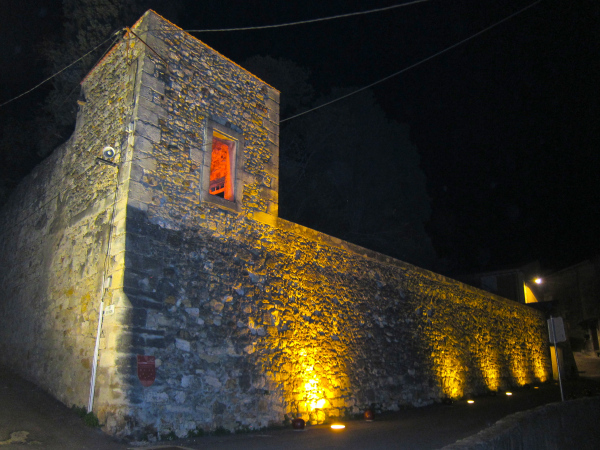
Here is what you didn’t know.
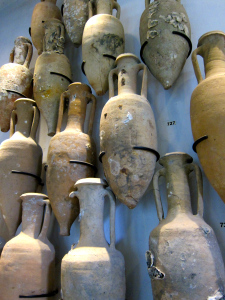
BEFORE the modern era when zesty winemakers began churning out excellent quality wines from Corbieres, Faugeres, Saint Chinian, and Minervois in the Languedoc, BEFORE the Canal du Midi was constructed (‘impossibly engineered’) in the mid-1600s to link the Mediterranean to the city of Toulouse (and onto Bordeaux) for a blossoming wine trade, BEFORE Leonardo da Vinci marched across this mucky region of France (on request) to analyze the feasibility of constructing a canal that might one day yawn from sea to ocean across the nation, BEFORE the demented French Albigensian Crusaders went on a rampage of hapless murder and wanton slaughter (usually by burning at the stake, though simple slashing by sword sufficed) of tens of thousands of their own countrymen, BEFORE the Saracens poured over the Pyrenees Mountains from Spain to France to overrun the Visigoths within the iconic walled city of Carcassonne in the eighth century – BEFORE all these events laid themselves bare on the eventual parchment of European History – There Was a Road.
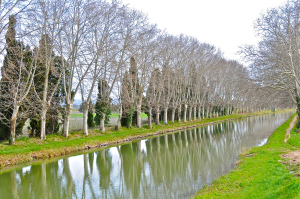
A Roman Road.
The Romans built a road leading, essentially, from the Mediterranean near-coastal city of Narbonne all the way to Bordeaux, gateway to the Atlantic Ocean (construction of this eight foot wide Via Aquitania was in accordance with the Law of the Twelve Tables, dating from three centuries earlier, in 450BC ). The famed walled city of Carcassonne – darling to filmmakers, tourists, and historians – was simply a stopping point along this road. Cicero described in detail the multiple toll stations along this road. Their purpose included taxing half the value of all Italian wines shipped across the Mediterranean by Romans, and then sent by cart to the interior of Gaul, or France.
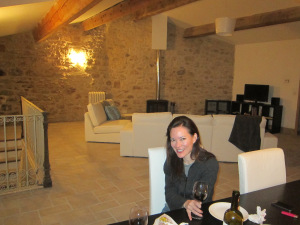
Why is this important? The underwater archaeology museum in the town of Agde on France’s Mediterranean coast details how first the Greeks (about 600 BC) and then Romans (beginning about 100 BC) regularly cruised along the French coastline trading amphorae (bullet shaped casks made from red clay, about two-thirds the height of an adult) filled with wine. In return they gained suede and furs from the locals. Emissaries from these ancient civilizations traded serious quantities of booze with locals of what later became part of France. Some ships carried eight thousand amorphae of wine, weighing multiple metric tons. Sure, they also traded bronze and copper knickknacks that included bracelets, torques, necklaces, and hatchet heads – but the Main Event of this trade was Italian Vino.
Here was the problem. When Roman toll stations along the road began charging this fifty percent duty on wine, Roman generals and consuls who took leave at splendid and tranquil villas in the mountains of inner Languedoc grew tired of this tax. These people of power decided to opt out of the Italian wine importation paradigm, and instead began growing and harvesting grapes to make local wine. Hence the rapid growth and profusion of Languedoc wines. Blame it on taxes.
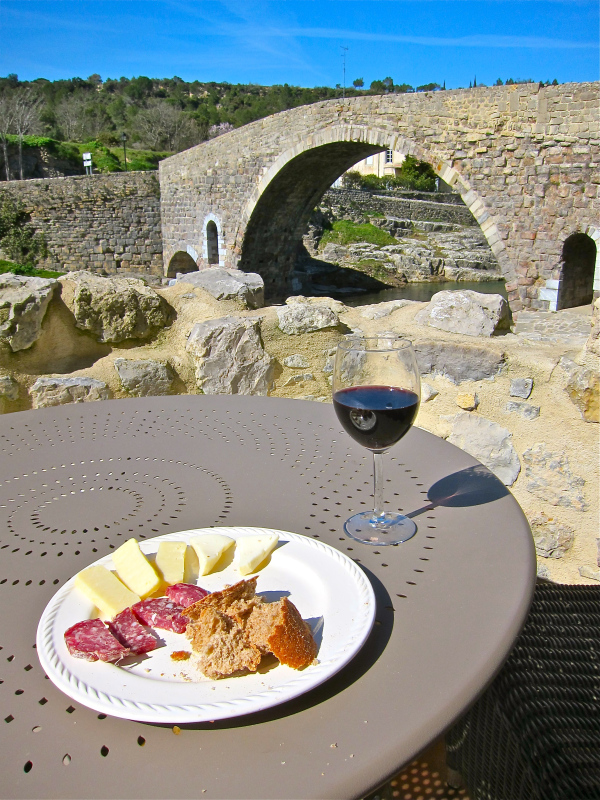
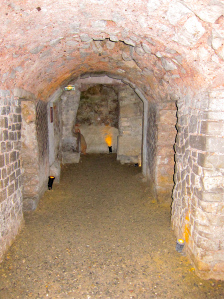
Today, you can catch a train or float a barge or zip in a Hyundai along a highway from the Mediterranean coast to the Atlantic, and – basically – you will follow the original Roman route from East to West across Gaul. And wines you may buy along the way? Most won’t be Italian imports today. Brunello di Montalcino in the Languedoc? Not likely.
The Romans had it sussed. Few lead, many follow. But their taxes spawned the original heightened production of Languedoc wines. Popular red grapes in the Languedoc today include Grenache, Syrah, Carignan, Cinsault, and Mourvedre. Back in the day of this Roman road? Likely they grew Syrah, which is hardy enough to withstand the high winds of these exposed lands that scroll over this hot, hilly territory. Regardless of what they grew in southern France, the Romans kept their towns and cities close to good wine and sunshine. Clever folk.
Learn more about this website.
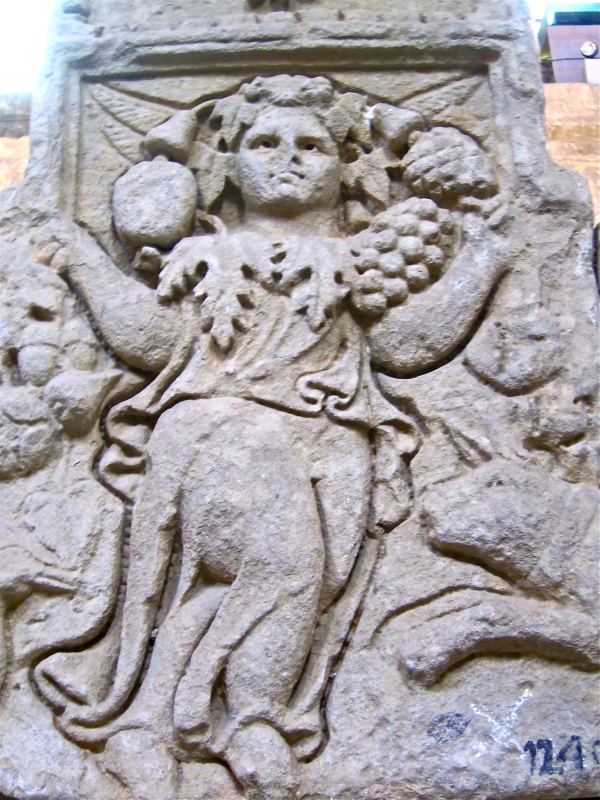
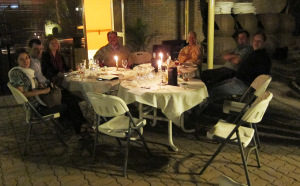
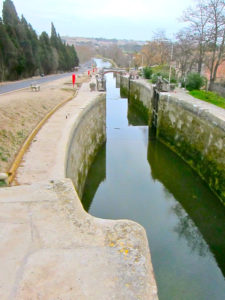


Pingback: Swimming with Tigers, a 2nd chance on the Chautauqua, a financial article gets it wrong and I’m off to Prague